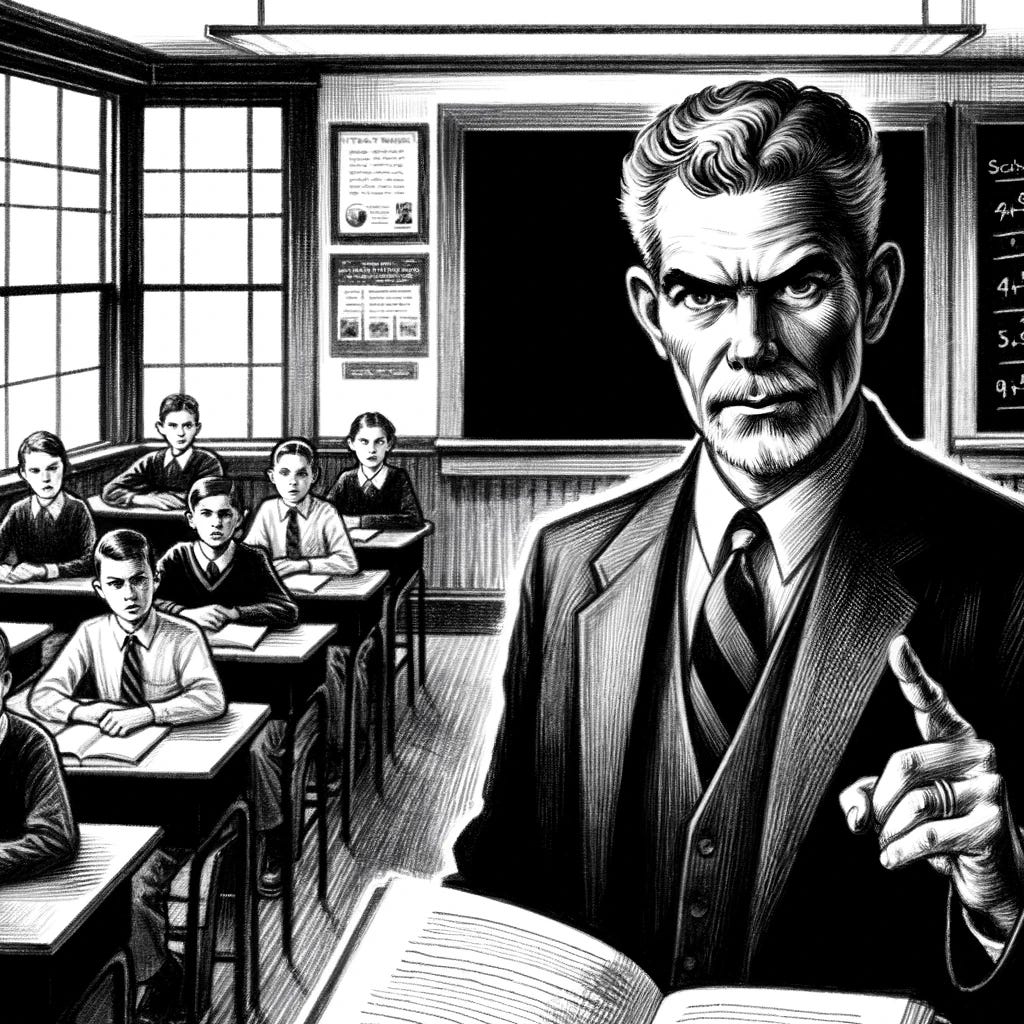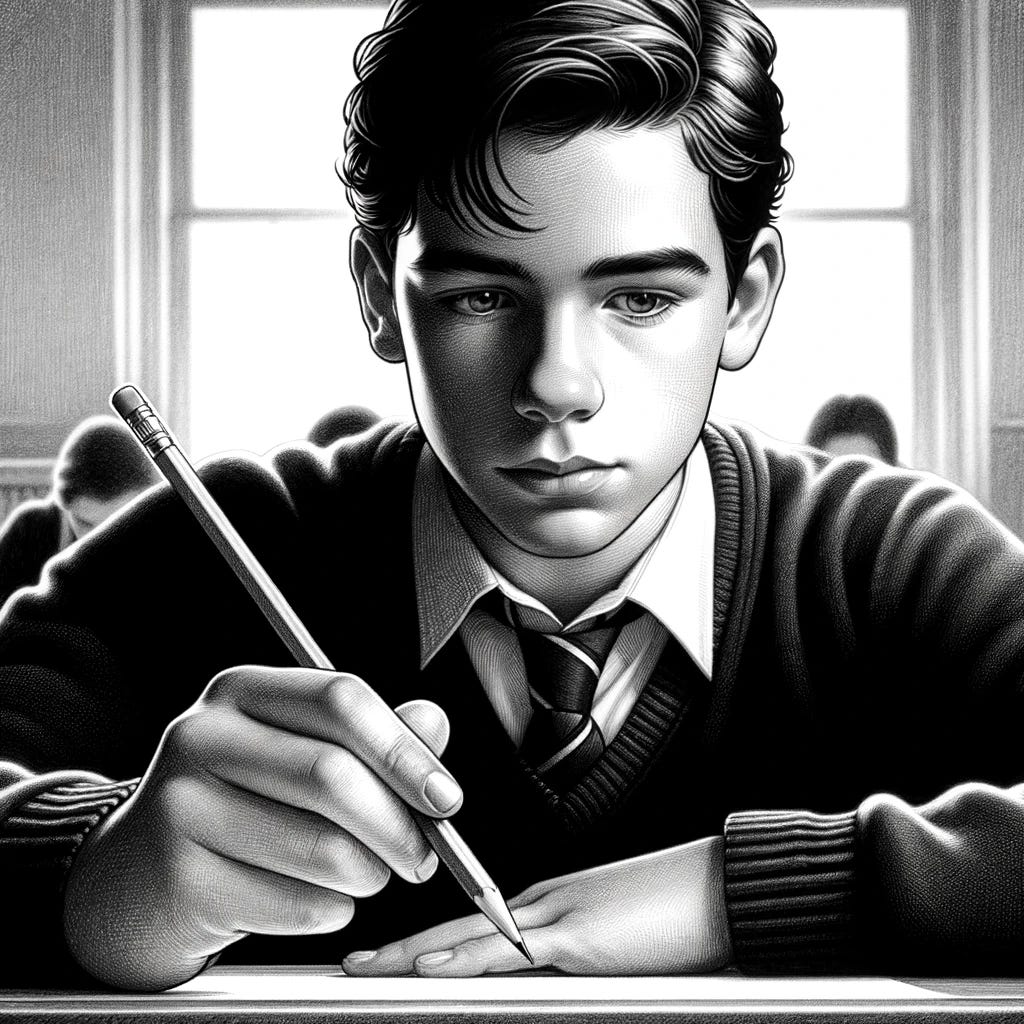What's the 'Use of Force Continuum' for armed teachers?
Most school shooters are current or former students meaning a teacher is armed to kill a kid, and teachers need clear guidance on when they are allowed to shoot a student.
Part 2 of an exclusive series for subscribers with the questions that school officials should be asking about school security products, policies, and procedures. If you missed it, Part 1: Questions school officials should ask about 'safe rooms'.
“Stop resisting! Stop Resisting!”
In video footage of police making arrests, you will often hear officers yelling “stop resisting”. Police are trained to say this because they are operating with a standardized set of procedures that are based on escalating levels of resistance from the person they are trying to arrest. With each higher level of resistance, there is justification to use more force.
Just like police officers, thirty-two states currently allow school staff to be armed. State lawmakers in Idaho, Iowa, Nebraska, and West Virginia are hearing bills this session to expand and incentivize teachers to be armed in the classroom. A new Kentucky bill that will become law next year allows armed civilians to patrol school campuses.
While a state law may allow a staff member to carry a gun, every school district needs formal, written procedures that explain when a teacher is justified in using deadly force against a student.
Here are some questions that school officials should be thinking about with armed staff on campus:
What’s the use of force continuum for a teacher?
Is a teacher allowed to shoot an unarmed student?
Is an armed teacher allowed to slap or strike a student (“soft empty hand control”) who is not complying with verbal commands?
Will teachers be trained to make split-second “shoot or don’t shoot” decisions?
Will teachers be issued and trained to use pepper spray, tasers, and handcuffs?
Is there an age cutoff for shooting a student?
What’s the penalty for a teacher’s gun being lost or stolen?
Who is responsible for an accidental discharge in a classroom?
Will the current liability insurance carrier continue coverage?
What’s the ‘use of force continuum’ for a teacher:
The police use of force continuum is a framework that outlines the escalation of force options available to police when making an arrest. It typically starts with verbal commands, moves through various levels of force such as hand strikes, use of less-lethal weapons like pepper spray or tasers, and ultimately lethal force as a last resort when faced with an imminent threat of death or serious bodily harm.
The continuum is designed to promote the proportional and justified use of force while minimizing harm to both officers and civilians.
National Institute of Justice:
This continuum generally has many levels, and officers are instructed to respond with a level of force appropriate to the situation at hand, acknowledging that the officer may move from one part of the continuum to another in a matter of seconds.
In this example from the Dallas Police Department, the use of force is portrayed as a staircase with deadly force at the top.
Unlike a police officer with training in hand-to-hand combat and use of less lethal weapons like batons, tasers, and pepper spray, an armed teacher is likely to only have a handgun.
Does this mean the only step on a teacher’s use of force continuum is deadly force?
Or, can a teacher slap or strike a student (“soft empty hand control”) if the teacher is attempting to stop a situation from escalating to deadly force?
Is a teacher allowed to shoot an unarmed student?
In a police encounter, a potentially armed suspect can escalate the continuum directly to deadly force if the officer perceives imminent danger such as:
Reaching into a pocket for an unknown object
Holding an item that resembles a handgun
Holding a pencil or sharp object in a threatening manner
Moving towards the officer aggressively
How does an armed teacher interpret these four situations inside a classroom?
If a student gets up and runs toward a teacher, should the teacher open fire to stop an imminent threat?
What if a student is holding a silver pen that looks like the barrel of a gun from across the classroom?
If a teacher feels that a student is holding a pencil in an aggressive manner, does this justify using deadly force in the classroom?
These are questions that need clear answers before a teacher opens fire on a student and believes their actions were justified—or doesn’t shoot an armed student and then gets sued for not acting.
Will teachers be trained to make split second decisions?
Police spend hours training on “shoot or don’t shoot” simulators and officers still make mistakes by firing at unarmed people during high stress situations.
Why is this content only available to paid members? It takes me a lot of time and effort to update the school shooting database every day and write 2-3 articles every week. Each paid subscription helps support my work and I’m grateful for everyone who has upgraded.
Keep reading with a 7-day free trial
Subscribe to School Shooting Data Analysis and Reports to keep reading this post and get 7 days of free access to the full post archives.




